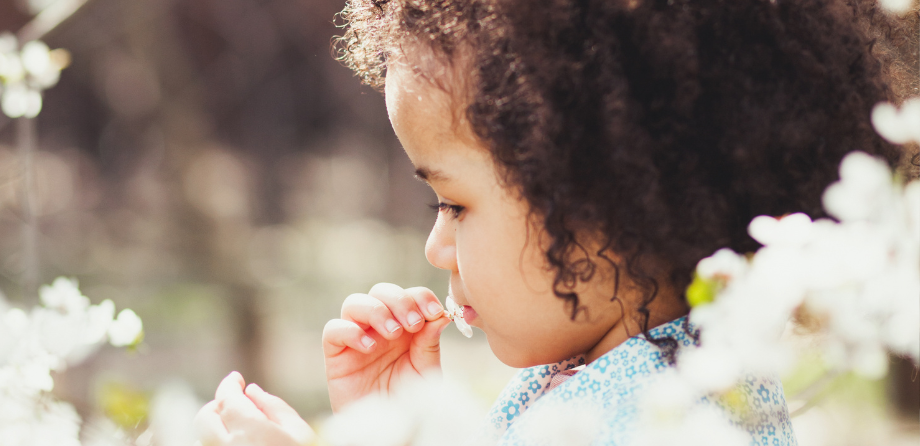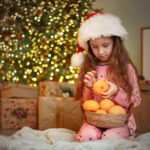
Early years activity: Spring sense
Spring has sprung so let’s get outside and explore this busy season with all our senses. Start with a walk to observe, touch, smell and feel the environment and then create a sensory bin with all the treasures you’ve found along the way.
Learning aims
- Encourage and enhance curiosity and discussion
- Promote physical development
- Sensory development
- Vocabulary development/extension.
Resources you’ll need
- Container/bag to collect items found
- Trays for the collected items
- Paper, dried beans, small world animals etc.
- Camera (optional).
Spring sense activity guide
- Encourage the children to share their knowledge about spring, what it is, when it is etc. Discuss their responses (use the word ‘season’ and talk about which season it comes after, and which comes next)
- Discuss the changes that happen as we leave winter and head into spring, e.g. birds singing, flowers blooming, leaves growing, animals being born, animals waking after hibernation, weather, longer days etc. Tell them that you are going to go on a walk to explore, with their senses, all the changes of spring
- If you are taking the children outside the nursery premises, remind them about basic safety rules, the importance of listening to instructions and staying together
- As you walk, encourage the children to observe using all their senses, e.g. what items look like, smell like, sound like, feel like. Model and encourage the use of descriptive language, e.g. yellow and sweet, shiny or dull, sounds like a bell, feels soft and squishy. Describe what you experience, e.g. “The breeze feels cool on my face”
- Encourage the children to collect small items along the way (reminding them to be respectful of nature and new things growing). You could take photos of the signs of Spring that you are unable to transport back
- Back at the nursery, make a sensory tray using the collected items. Have some additions available for children to add to the base of the bin, e.g. shredded paper to represent the grass, dried pulses/beans to represent the ground, etc., small world animals such as birds, insects, lambs etc.
- Encourage children to continue exploring with their senses as they add items to the tray, and discuss what they found and the signs of spring; display any photographs from your walk next to the area to encourage children to recall and remember
- Children can continue to add to the sensory tray with items spotted at nursery in the following days or items brought in from home.
How can you extend this early years spring sense activity?
Create a spring collage with any discoveries not added to the tray. Use extra items for loose parts play.
NDNA products to support you with this activity
Developing Quality Outdoor Provision nursery training – Face to face training
Disclaimer: Activities with children must always be risk assessed, including for allergies or choking. Children must always have adequate supervision. Resources and materials must always be appropriate for children’s age and stage of development.
- MyNDNA
Similar Articles
Early years activity: A very sensory Christmas
Introduce the children to the magic of the season through this hands-on exploration of natural…
Read more 
Early years activity: Christmas Party Games
Celebrate the Christmas period with some familiar, fun party games, with a Christmas twist. Christmas…
Read more 

